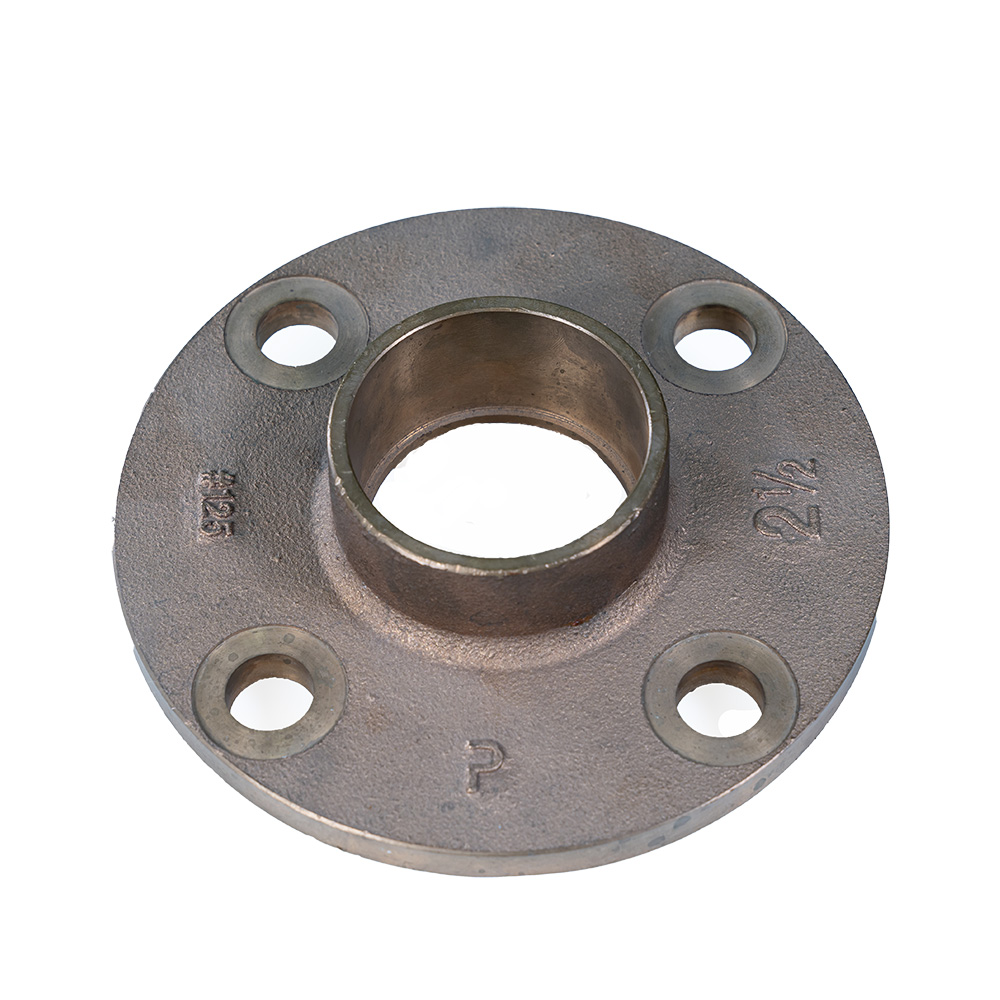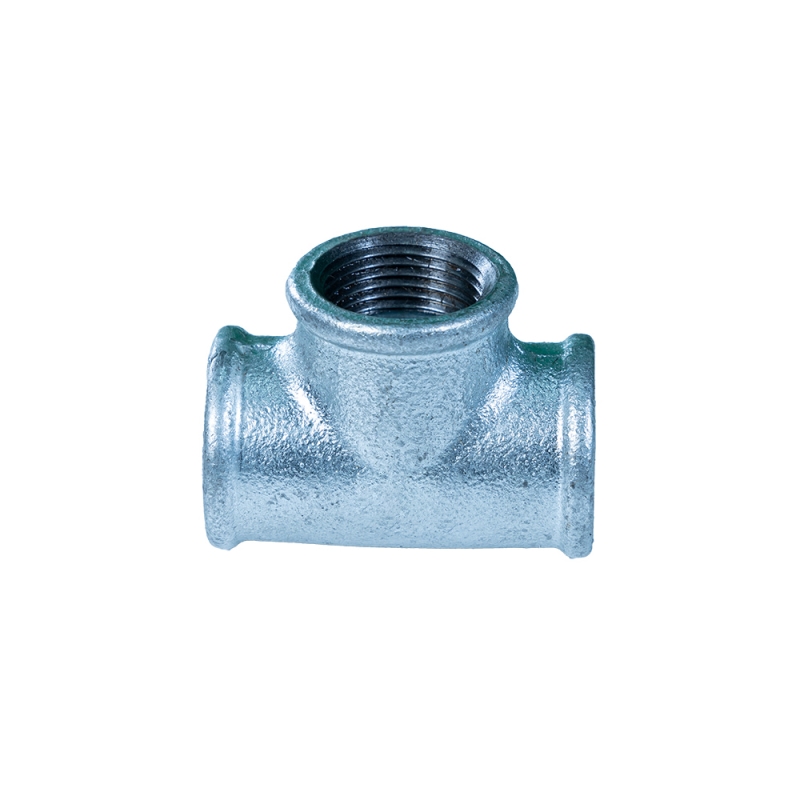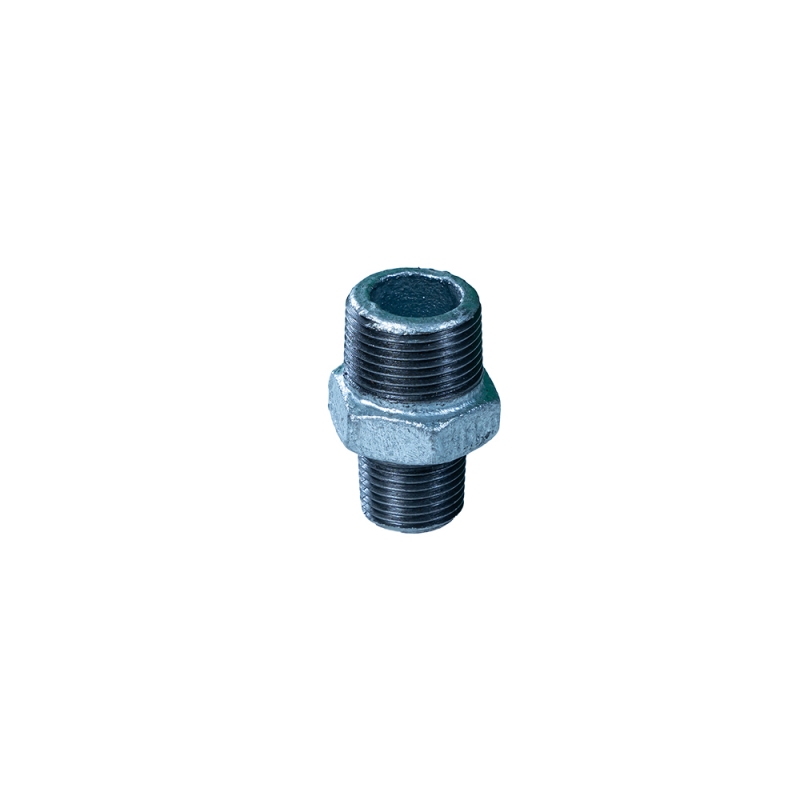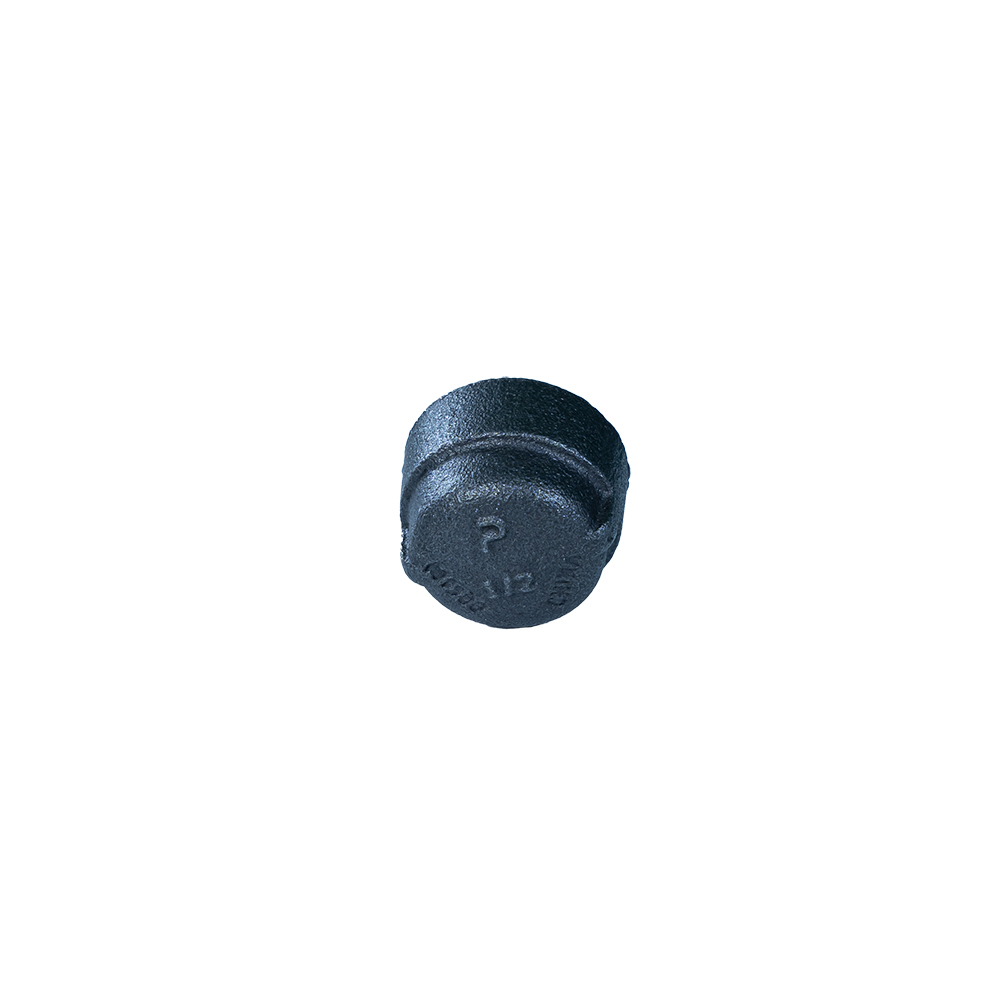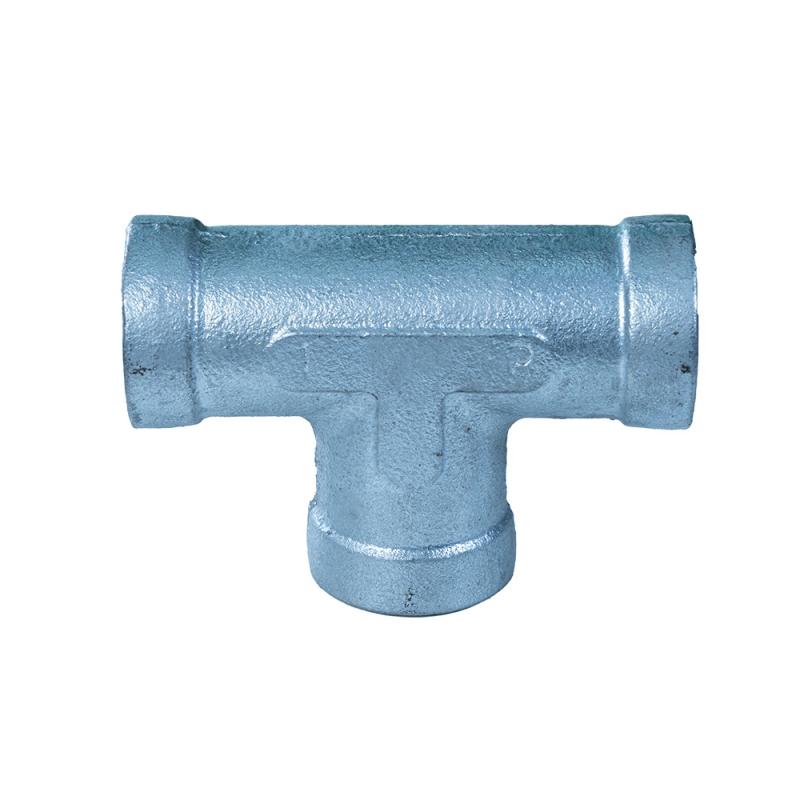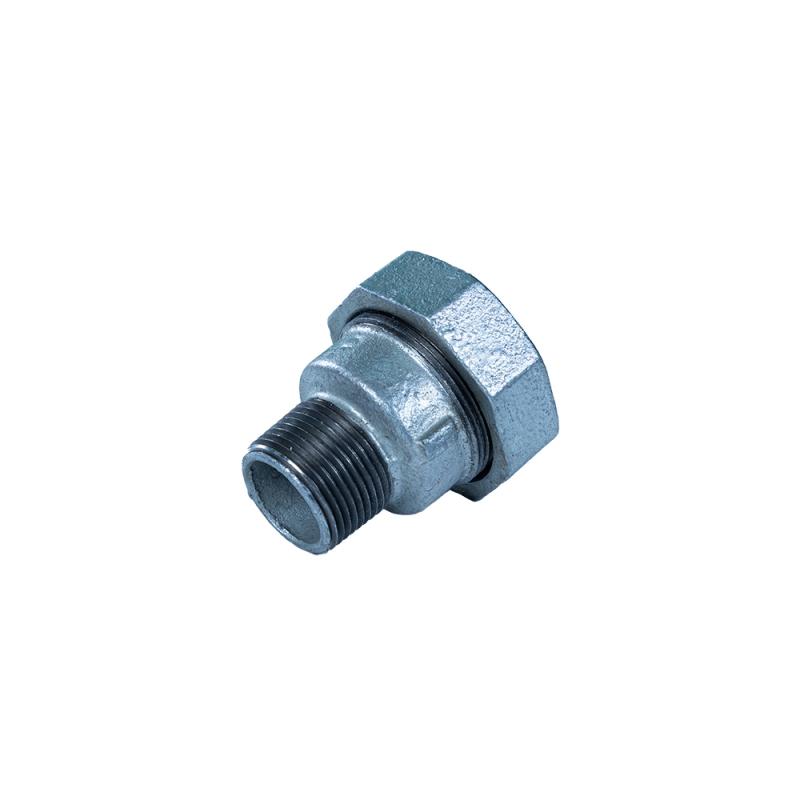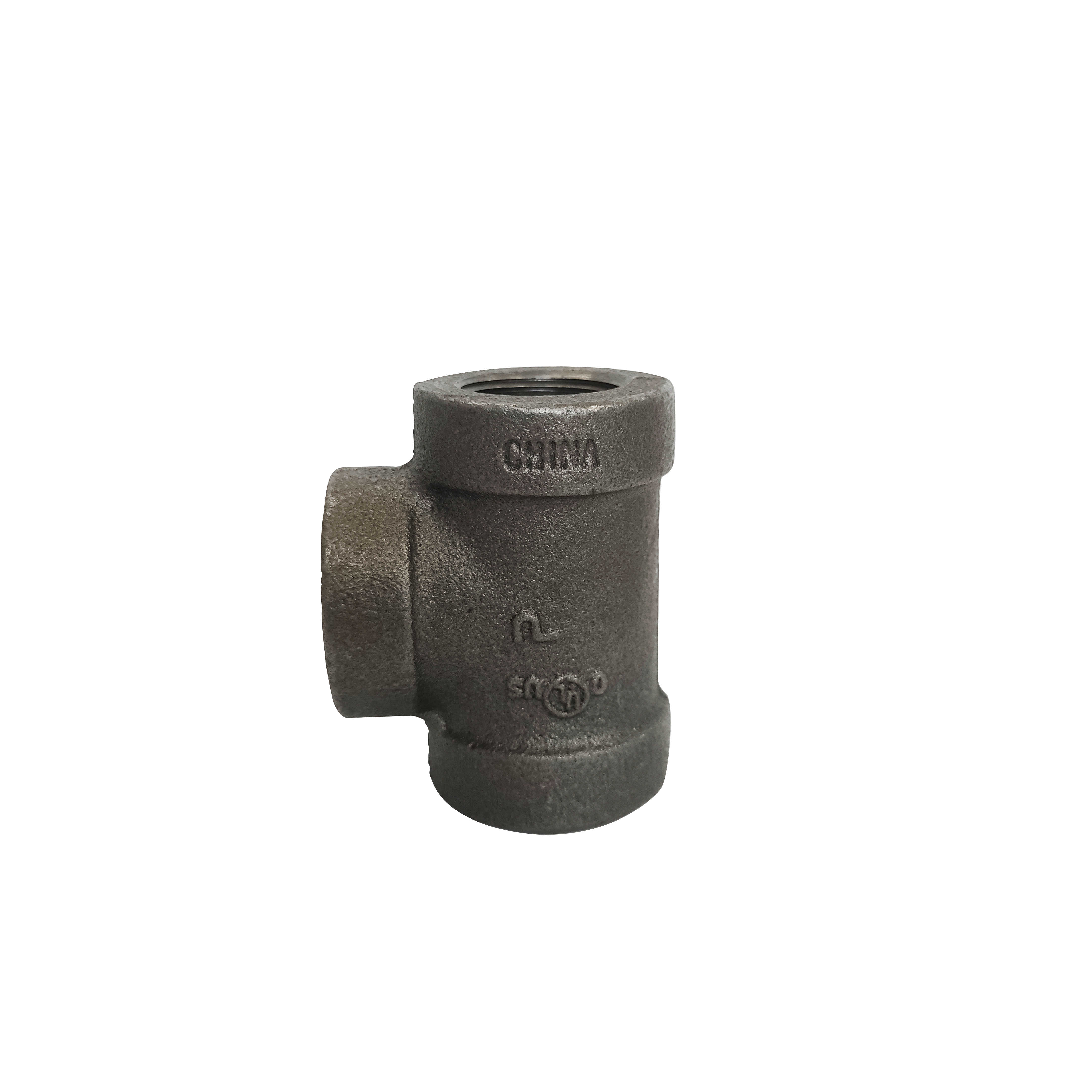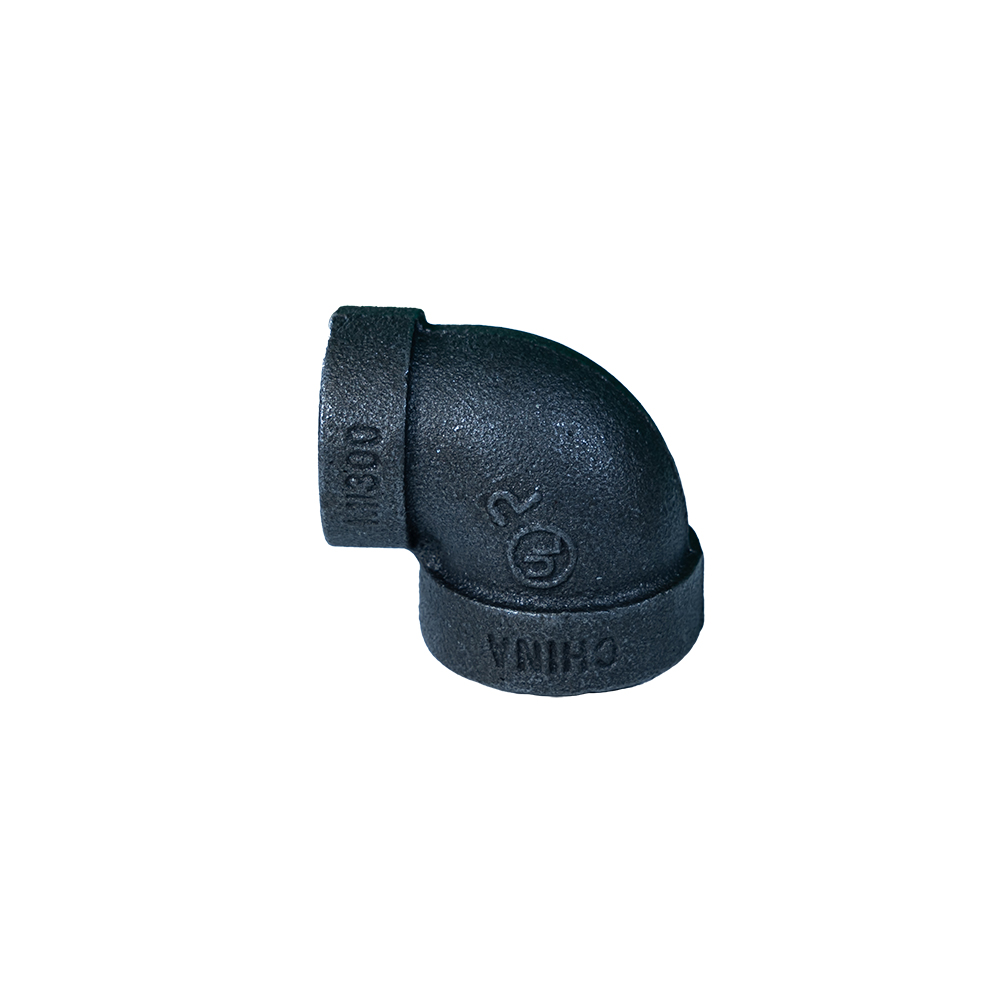In fluid and pneumatic systems, choosing the right compressor coupling types is crucial for efficient energy transfer and system stability. These couplings act as mechanical connectors between the driving unit (like an electric motor) and the compressor itself, ensuring smooth transmission of power with minimal vibration. Among the many compressor coupling types, flexible couplings, rigid couplings, and jaw couplings are commonly used, each suited for specific operational needs.
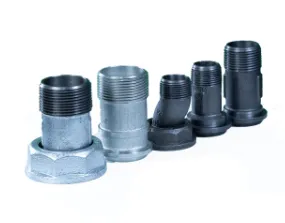
Flexible compressor coupling types absorb shock and misalignment, making them ideal for applications where vibration dampening is necessary. These are particularly useful in air compressor systems that run continuously under variable loads. Rigid couplings, on the other hand, offer high torque transmission and are perfect for installations where alignment is near perfect. Jaw couplings combine both flexibility and strength and are often used in HVAC systems, manufacturing equipment, and high-speed compressors.
Choosing the right compressor coupling types not only improves energy efficiency but also reduces wear on connected components. The material of the coupling—whether it’s rubber, polyurethane, or metal—also plays a vital role in defining durability and performance. Regardless of the environment, selecting the proper coupling ensures that compressors operate quietly, reliably, and with minimal downtime.
Compression Union Fitting: The Ultimate Solution for Leak-Free Piping Connections
A compression union fitting is an indispensable component in any piping system that requires a strong, leak-proof joint without welding, soldering, or adhesives. It is commonly used in plumbing, hydraulic, pneumatic, and refrigeration systems. A compression union fitting connects two pieces of tubing or pipe and uses a compression nut and ferrule to seal the connection under mechanical pressure.
One of the biggest advantages of a compression union fitting is its reusability. It allows for easy disassembly and reassembly, which is ideal for maintenance-heavy environments like chemical plants, labs, or HVAC systems. Available in a variety of materials—including brass, stainless steel, and plastic—the compression union fitting suits a wide range of temperatures and pressures.
This fitting type also provides excellent resistance to vibration and pressure changes, maintaining a tight seal even under fluctuating load conditions. In both residential and industrial settings, compression union fittings are valued for their ease of installation and reliability. Whether connecting copper tubing in a water heater or joining steel pipes in a high-pressure gas system, this fitting type delivers consistent performance and a long service life.
Why the 1 1 2 Compression Fitting is Essential in Mid-Sized Piping Systems
For medium-diameter pipes, the 1 1 2 compression fitting is a key component for making tight, secure connections without special tools or heat treatment. This fitting size—1 1/2 inches—is frequently used in water supply lines, gas distribution systems, and industrial process piping. The 1 1 2 compression fitting is particularly useful in settings that require frequent access, repair, or replacement of pipeline sections.
Like other compression fittings, the 1 1 2 compression fitting includes a nut, ferrule (or olive), and fitting body. When tightened, the ferrule compresses around the pipe, creating a leak-tight seal. This size fitting strikes a balance between flow capacity and ease of handling, making it ideal for installations where space and pressure requirements are moderate.
The 1 1 2 compression fitting is commonly manufactured from brass or stainless steel for strength and corrosion resistance. It can be used with a variety of piping materials, including copper, PEX, and polyethylene. Whether you’re installing a new hot water line or upgrading an old HVAC system, this fitting size offers a reliable and straightforward solution with minimal tools or labor.
Matching Compressor Coupling Types with Compression Union Fittings in System Design
In integrated mechanical and plumbing systems, combining the right compressor coupling types with high-quality compression union fittings can dramatically enhance system reliability and performance. While the couplings ensure efficient power transfer between rotating parts, the fittings maintain leak-proof seals in the fluid pathways. Engineers and installers often need to align these two elements carefully during system design to prevent system inefficiencies and failures.
For example, in a commercial refrigeration unit, a flexible compressor coupling type may be selected to absorb motor vibrations, while compression union fittings are used to link copper tubing sections. This combination reduces both mechanical stress and the risk of leaks, especially in temperature-sensitive environments. In large-scale HVAC systems, the use of a 1 1 2 compression fitting alongside jaw couplings ensures that airflow and refrigerant delivery are maintained smoothly.
Matching component specifications—such as size, material, and pressure rating—is crucial when pairing compressor coupling types with fittings like the compression union fitting or 1 1 2 compression fitting. Both should be selected to accommodate the same operating environment to ensure long-term functionality. When planned properly, this coordination not only improves efficiency but also extends the system’s lifespan.
Choosing the Right Compression Union Fitting and Compressor Coupling Types for Efficiency
Efficiency in piping and mechanical systems isn’t just about fluid dynamics—it's also about ensuring that every component, from compressor coupling types to compression union fittings, is optimized for its specific role. Selection begins with understanding the operating conditions: what pressure, temperature, and vibration levels the system will endure.
In systems that involve both mechanical drive and fluid transfer—like booster pumps or industrial chillers—it’s essential to choose compressor coupling types that can handle dynamic loads while maintaining alignment. At the same time, compression union fittings and 1 1 2 compression fittings must be selected to withstand internal pressure without leakage or structural fatigue.
For best results, consult manufacturer specifications or a qualified engineer when selecting these components. It’s important to verify thread compatibility, sealing material, and allowable misalignment for couplings, and also to inspect ferrule dimensions, nut thread pitch, and pressure ratings for fittings. High-performance systems are only as strong as their weakest part, and in many cases, ensuring the right compression union fitting or compressor coupling type makes all the difference between reliability and failure.
Compression union fitting FAQs
What are the main types of compressor couplings, and how do they differ?
The main compressor coupling types include rigid couplings, flexible couplings, and jaw couplings. Rigid couplings are best for perfectly aligned shafts and offer no room for movement or vibration dampening. Flexible couplings allow for slight misalignment and absorb shocks, making them suitable for systems with variable load or motion. Jaw couplings combine flexibility and strength and are often used in medium-duty systems that require precise torque transmission with some vibration absorption.
What is a compression union fitting used for?
A compression union fitting is used to join two lengths of pipe or tubing without the need for soldering, welding, or adhesive. It provides a strong, reusable, and leak-proof connection that can be easily disassembled. Commonly found in water systems, refrigeration, and hydraulics, this type of fitting is especially useful for applications where regular maintenance or future system expansion is expected.
How do I install a 1 1 2 compression fitting correctly?
To install a 1 1 2 compression fitting, start by sliding the compression nut and ferrule onto the pipe. Insert the pipe fully into the fitting body, then tighten the nut with a wrench while holding the fitting steady. This compresses the ferrule against the pipe and fitting body, creating a seal. Be careful not to overtighten, as this could damage the ferrule or pipe. Proper alignment and clean cuts on the pipe ends are essential for a secure connection.
Are compression union fittings suitable for high-pressure systems?
Yes, compression union fittings can be used in high-pressure systems if they are made from suitable materials like brass or stainless steel and are rated for the required pressure range. Always check manufacturer specifications to ensure the fitting matches your application. For extremely high-pressure systems, double ferrule designs or flare fittings may offer additional sealing security.
Can I use compressor couplings and compression fittings in the same system?
Absolutely. In many mechanical systems, compressor coupling types are used to connect rotating machinery, while compression union fittings and 1 1 2 compression fittings handle fluid transport. These components serve different purposes but often coexist in systems like chillers, compressors, or process lines. Ensuring both are appropriately selected for their function will improve the system’s performance and durability.
Post time: Aug-21-2025


